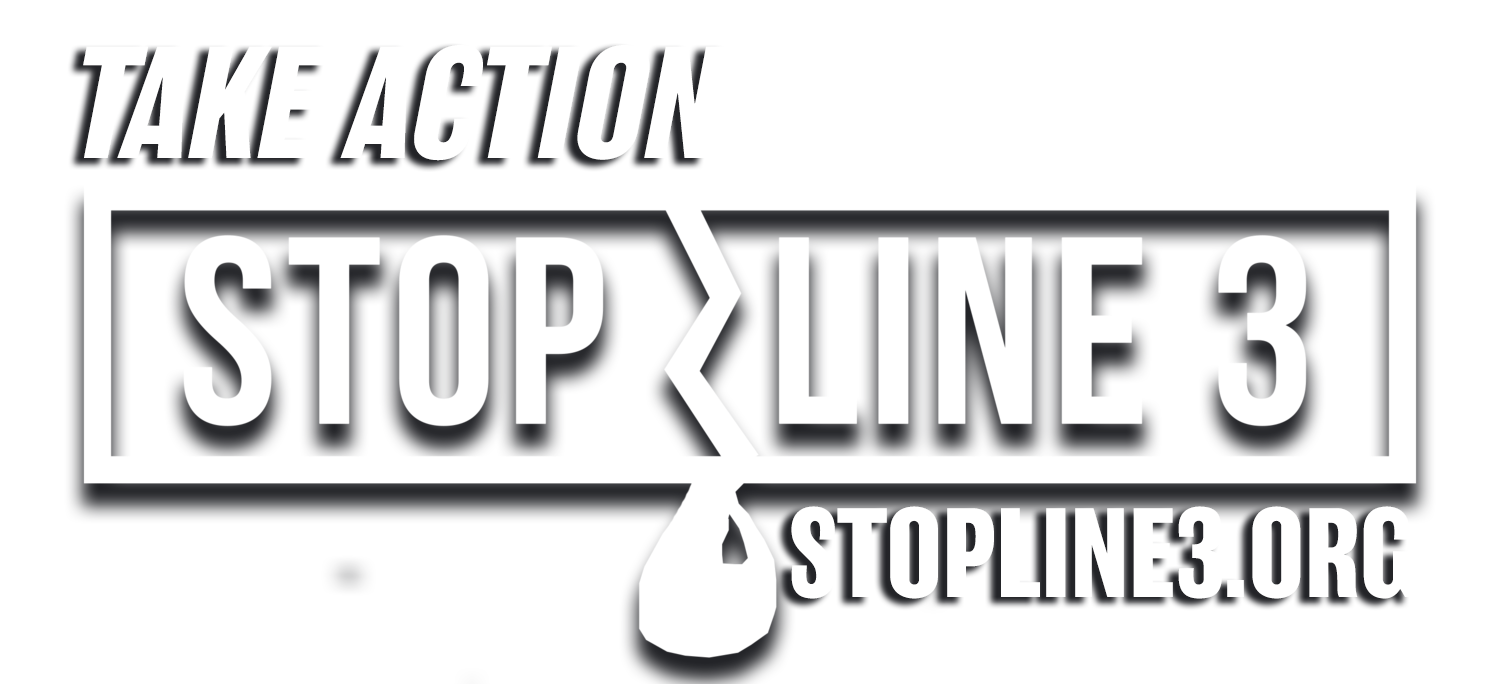Today, six Ojibwe bands in Minnesota announced their own environmental review process for Line 3, largely in response to the profound shortcomings in the State of Minnesota’s review. Tribal governments are standing up to assert their rights of self-determination and to protect the lands, waters, and resources critical to the survival of the Anishinaabeg.
The Anishinaabeg Cumulative Impact Assessment (ACIA) is a working model for environmental analysis on behalf of the Red Lake, White Earth, Fond du Lac, Leech Lake, and Mille Lacs Bands, who are all intervening in the State of Minnesota’s regulatory process for the Line 3 Replacement Project, as well as the Bois Forte Band. The ACIA provides a foundational tool for assessing impacts from proposed large infrastructure projects which may affect Anishinaabe tribal resources and communities, both on and off reservations.
As White Earth Nation Chairperson Terrence Tibbetts explains, “the Anishinaabe Cumulative Impact Assessment will include health data on suicide, the opioid epidemic, substance abuse, domestic violence, and crime which will be reported in the context of the historical trauma our communities have endured, together with the present-day injustices to which we are still subject. The ACIA will demonstrate that the inequities we endure are exacerbated to an unacceptable degree, and that the suggested mitigation measures of the proposed pipeline project are entirely inadequate presently and for the foreseeable future.”
Throughout the State of Minnesota’s proceedings for Line 3, state agencies have consistently disregarded tribal concerns, failed to uphold their international responsibilities to the impacted Ojibwe bands, and denied the clear need for unique tribal knowledge and expertise. In July 2017, the State’s tribal liaison, Danielle Oxendine Molliver, resigned in protest of their “failure to engage in meaningful and transparent tribal consultation” and their consistent efforts to undermine her work. During the drafting of the Environmental Impact Statement (EIS), her superiors repeatedly misrepresented, dismissed, or ignored important issues she brought from tribal members and tribal officials. The EIS itself acknowledges but ultimately dismisses the disproportionate and potentially catastrophic impacts to tribal resources and communities.
In contrast, the ACIA is, first and foremost, Anishinaabe-centric. It is rooted in the Anishinaabe worldview and value system, which the state of Minnesota was unable to successfully integrate into their EIS for Line 3. The ACIA is focused on the preservation of the Anishinaabe way of life as inseparable from the preservation of Mother Earth. The ACIA will more fairly address concerns of environmental justice and more comprehensively consider impacts on all the people, the lands, the waters, the plants and animals, and our collective future.
In September, the White Earth Band of Ojibwe Chairperson Terrence Tibbets sent a strong letter to Minnesota Governor Mark Dayton, announcing the ACIA process and asking him to intervene in the regulatory process by postponing the series of public hearings currently in progress. Soon after, Red Lake Band of Ojibwe Chairperson Darrell Seki sent a very similar letter.
The letters from White Earth and Red Lake both state: “The fundamental concern of the tribal governments has been the failure of state government agencies to fairly recognize and respect our natural resource and other sovereign rights across northern Minnesota. The obvious environmental degradation resulting from the construction of the proposed new pipeline corridor development across important aquatic resources, together with Enbridge’s proposed pipeline abandonment plan across other important aquatic resources, is a major concern of the White Earth [Red Lake] Nation. Furthermore, the expedited review of the EIS process ordered by the PUC essentially guarantees that the environmental review for this large energy project will not be given the meaningful attention it deserves.”
The ACIA is available for review on the Minnesota Chippewa Tribe website, and hard copies will be made available for review at tribal offices. The Minnesota Chippewa Tribe is the federally recognized tribal government comprised of 6 Ojibwe/Chippewa Bands (Bois Forte, Fond du Lac, Grand Portage, Leech Lake, Mille Lacs, and White Earth) and their more than 42,000 members. The seventh Ojibwe band in Minnesota, Red Lake, is a separate federally recognized tribe.
Public participation is critical to the effectiveness of the ACIA, and the public is encouraged to submit comments to ACIAComments@mnchippewatribe.org. The White Earth Band of Ojibwe will hold a public hearing on October 18th, 5pm-8pm, at the Shooting Star Casino in Mahnomen, MN, and additional hearings for other reservations will be announced soon. We will update this with more details as they become available.
Resources:
Public Notice of ACIA posted to the State of MN's public docket for Line 3 permit process
ACIA on the Minnesota Chippewa Tribe Website
October 13, 2017 - Star Tribune Article, "Minnesota Chippewa Plan Own Environmental Survey of Enbridge's Line 3 Proposal"
White Earth Public Hearing October 18, 2017 - Facebook event page

